Motorcycle enthusiasts understand the significance of a well-designed exhaust system.
Apart from enhancing the aesthetic appeal, exhaust pipes play a vital role in improving engine performance and sound quality.
This article delves into the functions of motorcycle exhaust pipes, explores the various components that make up the exhaust system, discusses different types of motorcycle pipes, and provides essential tips on how to maintain and care for them.
Functions Of A Motorcycle Exhaust Pipes
Motorcycle exhaust pipes serve multiple functions that directly impact the performance and functionality of the bike. These functions include:
1. Ventilation:
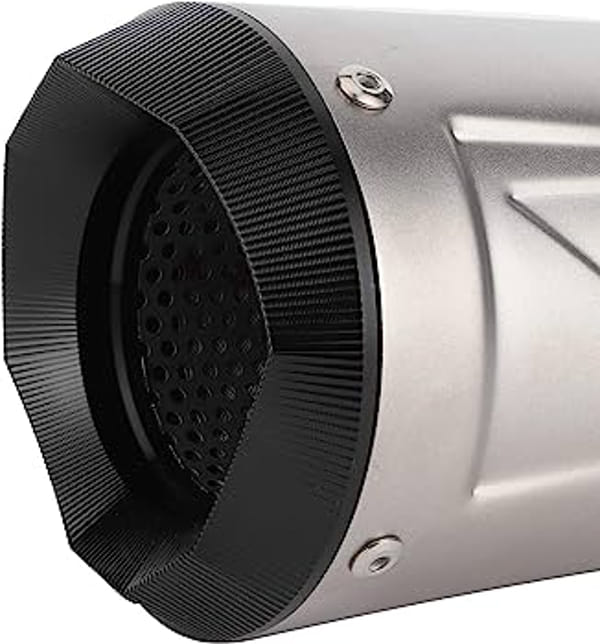
The primary purpose of an exhaust pipe is to vent the engine gases produced during the combustion process.
It directs the hot gases away from the engine and releases them into the atmosphere.
2. Noise Reduction
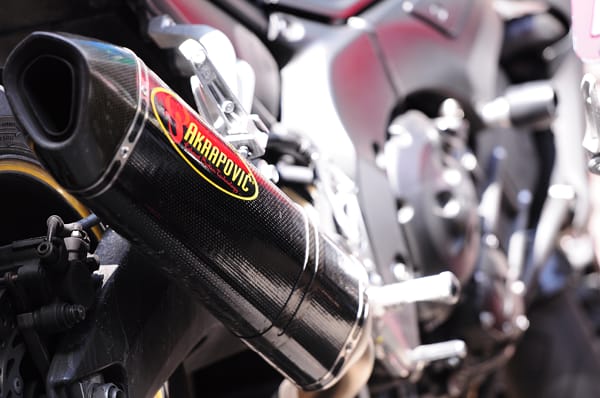
Exhaust pipes play a crucial role in reducing the noise generated by the engine’s combustion process.
They employ various mechanisms such as mufflers and baffles to dampen the sound and ensure a quieter ride.
3. Performance Enhancement

By optimizing the exhaust flow, exhaust pipes help improve engine performance.
Properly designed pipes can reduce backpressure, allowing the engine to expel exhaust gases more efficiently.
This leads to increased power output and improved fuel efficiency.
Parts of a Motorcycle Exhaust Pipe
Understanding the different components of a motorcycle exhaust pipe is essential for choosing the right type and ensuring proper maintenance.
The key parts of an exhaust pipe system include:
1. Header
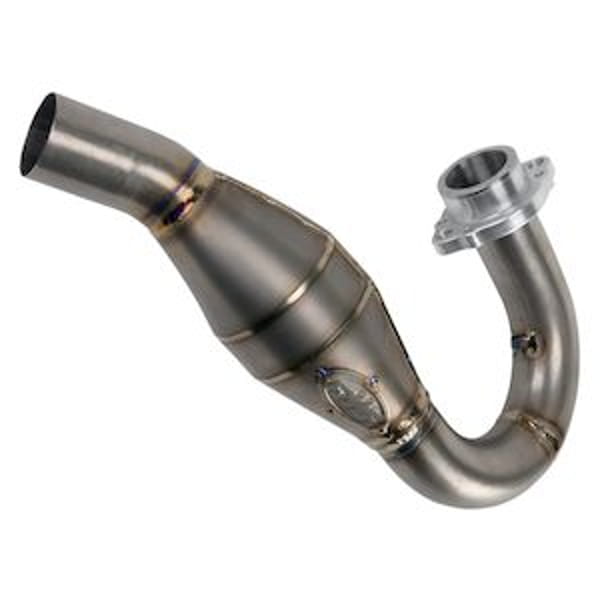
The header, also known as the exhaust manifold, is responsible for collecting exhaust gases from each cylinder and combining them into a single pipe.
2. Catalytic Converter
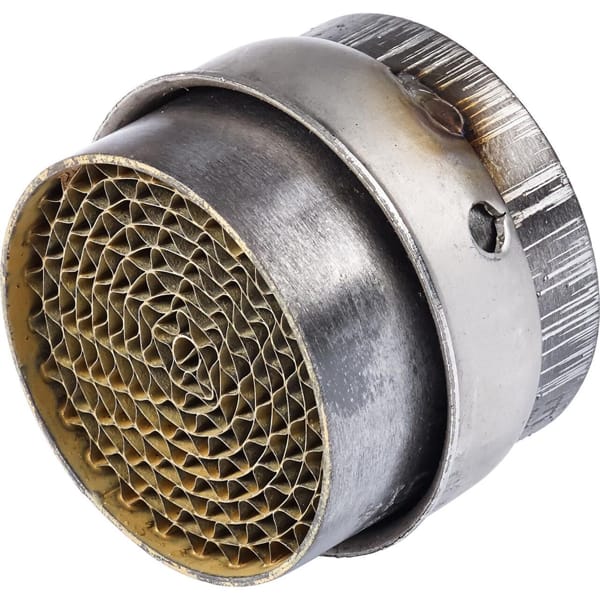
In some exhaust systems, a catalytic converter is present to reduce harmful emissions by converting pollutants into less harmful substances.
3. Mid-pipe
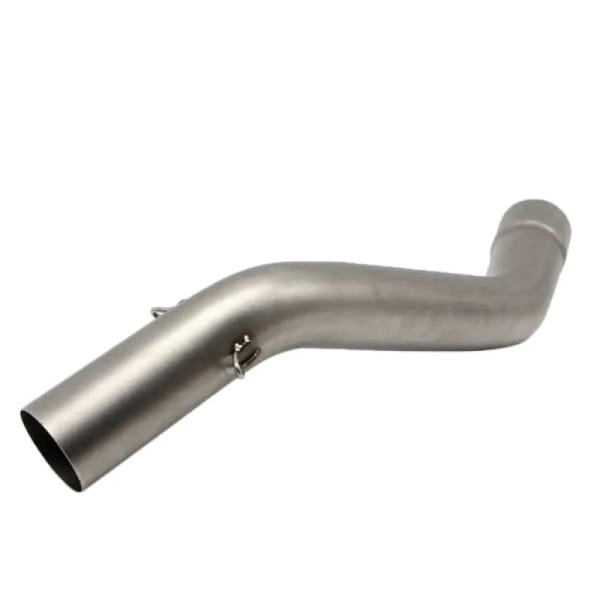
The mid-pipe connects the header to the muffler or silencer and helps channel the exhaust gases towards the rear of the motorcycle.
4, Muffler/Silencer

The muffler, also called the silencer, is the final component of the exhaust system.
It incorporates sound-dampening materials and baffles to reduce noise levels while allowing smooth exhaust gas flow.
Types of Motorcycle Pipes
There are several types of motorcycle exhaust pipes available in the market, each offering distinct advantages and characteristics. Some common types include:
1. Stock/Factory Exhaust
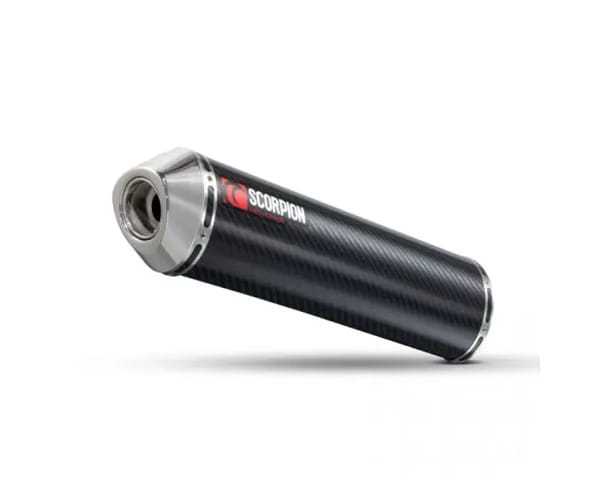
Stock exhaust pipes come pre-installed by the motorcycle manufacturer. They are designed to meet noise and emission regulations while offering decent performance. However, they may limit the bike’s power potential.
2. Performance/Aftermarket Exhaust

Performance exhaust pipes are aftermarket options that aim to maximize engine power and enhance overall performance.
They often feature larger diameters, better airflow, and lighter materials. Performance pipes can significantly improve throttle response and provide a more aggressive sound.
3. Full System Exhaust
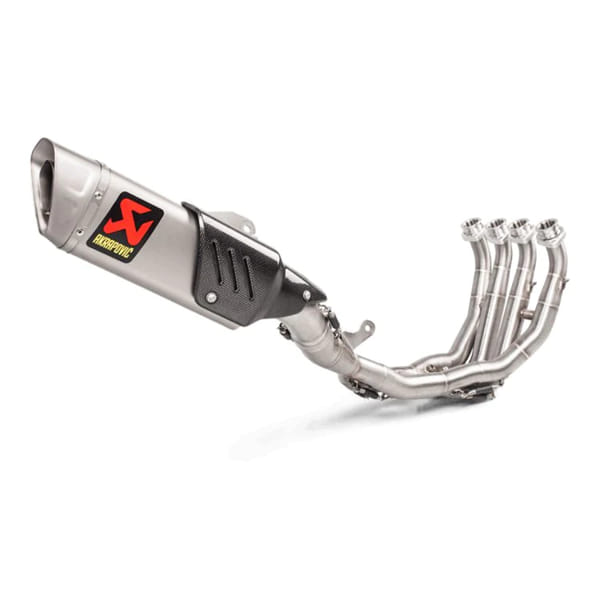
A full system exhaust replaces the entire stock exhaust system, including the header, mid-pipe, and muffler.
These systems offer the most significant performance gains and are popular among motorcycle enthusiasts and racers.
4. Slip-On Exhaust

Slip-on exhausts are a popular choice for those seeking a balance between performance enhancement and affordability.
They replace the muffler portion of the stock exhaust system while retaining the stock header and mid-pipe.
How To Take Care Of Motorcycle Exhausts
Proper care and maintenance of motorcycle exhaust pipes are crucial for longevity and optimal performance. Here are some essential tips to keep in mind
1. Regular Cleaning
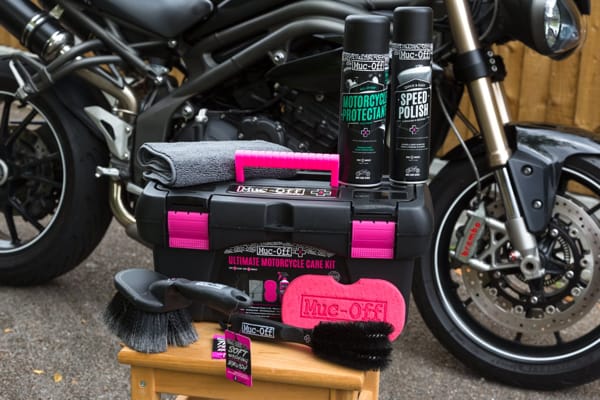
Periodically clean the exhaust pipes using a mild detergent or specific exhaust cleaner.
This helps remove dirt, grime, and road debris that may accumulate on the surface.
2. Inspect for Damage
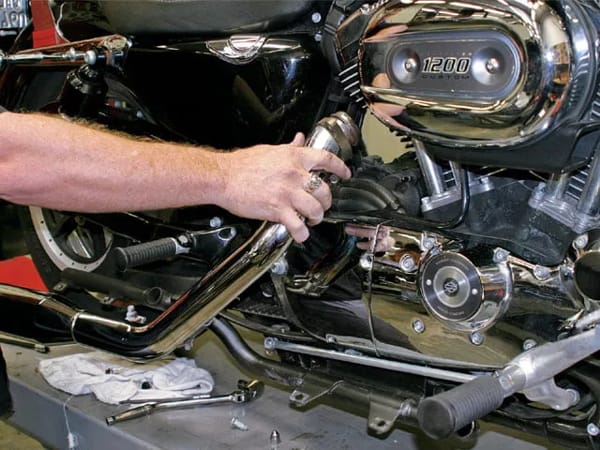
Routinely inspect the exhaust pipes for any signs of damage, such as cracks, leaks, or rust.
Addressing these issues promptly can prevent further deterioration and ensure optimal performance.
3. Avoid Extreme Heat
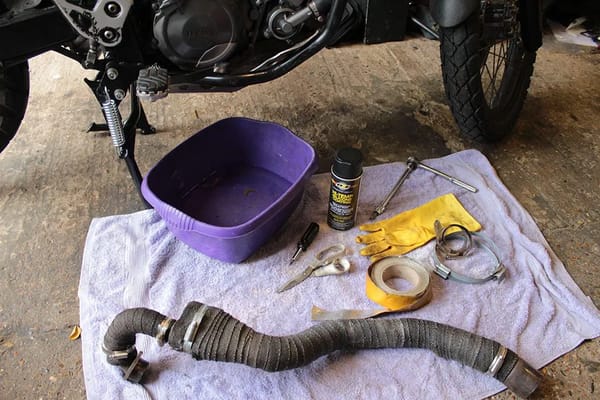
Avoid parking the motorcycle near excessive heat sources, as it can cause discoloration or even warp the exhaust pipes.
Additionally, avoid riding through deep water or puddles, as it can lead to water entering the exhaust system.
4. Consider Heat Shields
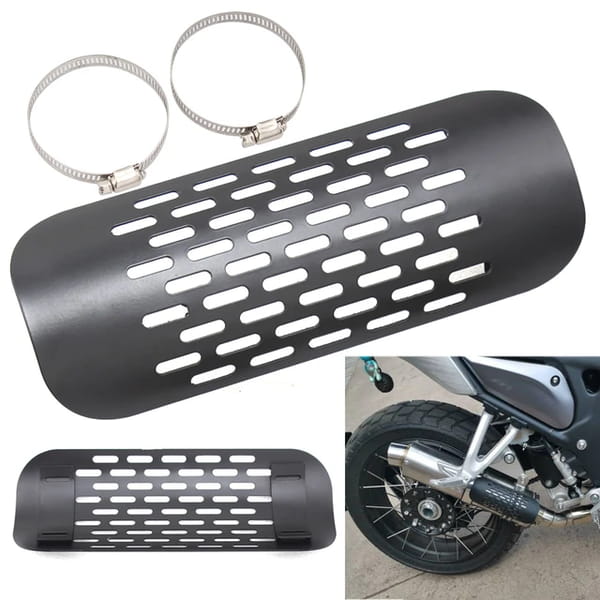
Installing heat shields can provide additional protection to the exhaust pipes, preventing them from excessive heat exposure and potential damage.
Conclusion
Motorcycle exhaust pipes are integral components that contribute to engine performance, noise reduction, and overall riding experience.
Understanding the functions, components, and different types of motorcycle pipes allows riders to make informed decisions based on their preferences and performance requirements.
By following proper maintenance practices, enthusiasts can ensure the longevity and optimal performance of their motorcycle exhausts, thereby maximizing their riding pleasure.
FAQ
What are The Different Types of Motorcycle Exhaust?
Here are the main types of motorcycle exhaust systems:
Stock/Factory Exhaust: Original exhaust system provided by the manufacturer.
Slip-On Exhaust: Aftermarket muffler replacement.
Full System Exhaust: Replaces the entire stock exhaust system.
High-Mount Exhaust: Muffler positioned higher for improved ground clearance.
Underbelly Exhaust: Pipes routed underneath the motorcycle for better clearance.
Upswept Exhaust: Pipes curving upward towards the rear.
Dual Exhaust: Two separate pipes and mufflers.
What Is The Best Exhaust System For Motorcycle?
The best exhaust system for a motorcycle is subjective and depends on individual preferences.
Factors to consider include performance enhancements, desired sound, aesthetics, material quality, budget, and compliance with local regulations.
It is recommended to research options, read reviews, and consider personal preferences to determine the best exhaust system for your motorcycle.
What Metal Is Best For Motorcycle Exhaust?
Stainless steel and titanium are commonly considered the best metals for motorcycle exhaust systems due to their durability, corrosion resistance, and heat resistance.
Stainless steel is a popular choice for its affordability, strength, and resistance to rust and discoloration.
Titanium, on the other hand, is lighter in weight, has excellent heat resistance, and offers high strength-to-weight ratio.
Both metals provide reliable performance and are widely used in the construction of motorcycle exhaust systems.
Originally posted 2023-07-01 19:51:00.
